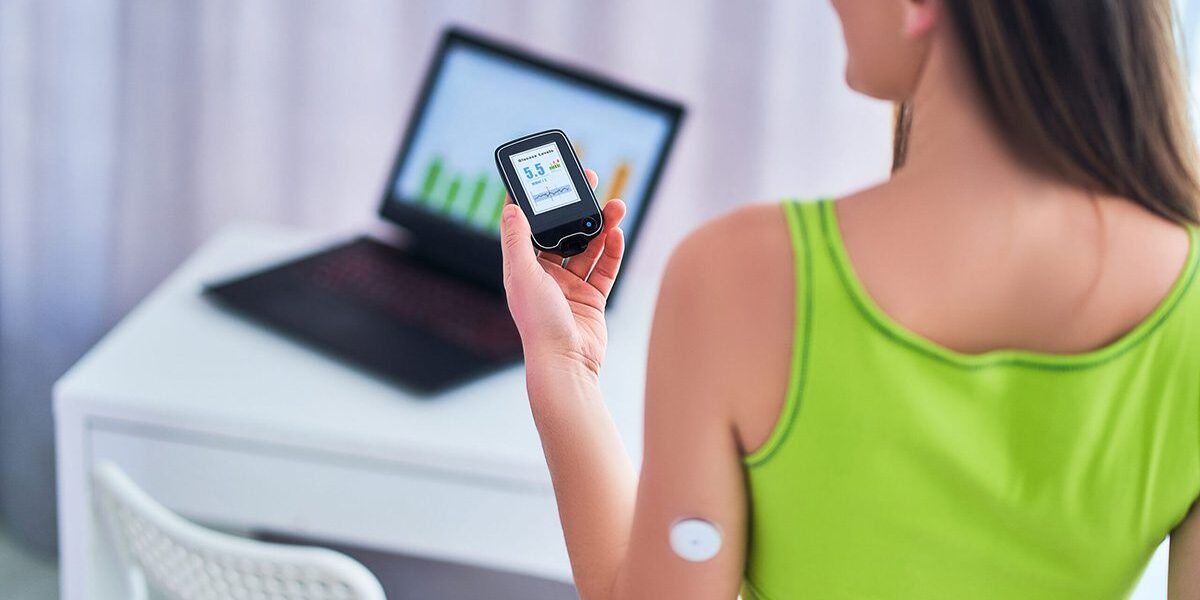Overview of RPM Technologies
Remote Physiologic Monitoring (RPM) utilizes a range of technologies to enable remote collection and transmission of patients’ health data. These technologies include mobile applications, wearable sensors, remote monitoring platforms, cloud computing, and secure data transmission protocols.
Mobile applications assist in data collection, analysis, and patient engagement. Wearable sensors capture physiological indicators such as high blood pressure, heart rate, and oxygen saturation.
Remote monitoring platforms offer healthcare providers to access and interpret patient data for acute or chronic conditions to improve health outcomes by providing and billing for rpm services. Cloud computing enables secure storage and processing of large volumes of data. Secure data transmission protocols ensure the privacy and confidentiality during information transfer. Collectively, these technologies establish a solid foundation for effective implementation of remote physiologic monitoring.
Types of Patient Monitoring (RPM) Devices
In remote physiologic monitoring (RPM), there are medical devices used to gather and send patients’ health data to improve patient outcomes. Among the commonly used types of home health monitors for health systems are the following:
- Blood Glucose Monitors: Individuals with diabetes commonly use blood glucose monitors to measure their blood glucose levels. They provide real-time data for monitoring and managing blood sugar levels.
- Blood Pressure Monitors: These devices measure a patient’s blood pressure from either upper arm blood pressure cuffs or wrist-based monitors. They provide information on systolic and diastolic blood pressure readings.
- ECG Monitors: ECG (electrocardiogram) monitors capture the electrical activity of the heart. They can be handheld devices or wearable patches. They transmit information on heart rate, rhythm, and any abnormalities.
- Pulse Oximeters: These devices measure the oxygen saturation levels in the blood, and attach to the fingertip, earlobe, or forehead. They monitor respiratory conditions and evaluate overall blood oxygen levels.
- Respiratory Monitors: These devices monitor respiratory parameters, such as breathing rate and patterns. They are wearable devices or sensors placed on the chest or near the nose and mouth.
- Smart Pillboxes: Individuals use these devices to monitor medication adherence. They track patients’ medication intake and send reminders if patients miss doses. They monitor a patient’s medication intake and send reminders if they miss any doses.
- Smart Scales: These devices can measure weight, body mass index (BMI), and other body composition metrics. RPM systems often integrate them to track changes in weight and overall health.
- Wearable Sensors: These devices measure different physiological parameters including blood pressure, heart rate, body temperature, oxygen saturation, respirations, and activity levels. Individuals wear them on their body. Examples include smartwatches, fitness trackers, and adhesive patches.
These are a few of the benefits of remote patient monitoring devices used for patient care in a clinic setting. The healthcare needs of the patient and the specific parameters that require monitoring determine the chosen device to provide continuous monitoring.
Wearable and Portable Devices
Individuals wear or carry wearable and portable devices, which are compact electronic devices designed for different purposes. They provide mobility, convenience, and often incorporate advanced technologies.
Examples include fitness trackers, smartwatches, and wireless earbuds. Portable speakers, virtual reality headsets, and GPS devices are some other devices.
These RPM devices typically feature wireless connectivity, rechargeable batteries, and sensors. They can monitor health and fitness metrics, send notifications, facilitate communication, entertainment, and navigation. Giver their versatile nature, wearable and portable devices have become integral parts of everyday life.
These are a few of the benefits of remote patient monitoring devices used for patient care in a clinic setting. The healthcare needs of the patient and the specific parameters that require monitoring determine the chosen device to provide continuous monitoring.
Connectivity of Data Storage Solutions
The connectivity of data storage solutions refers to the ability to establish connections and interact with other systems or devices. The purpose is to facilitate data storage and access. Multiple connectivity options are available for data storage solutions, including:
- Cloud Connectivity: Cloud storage solutions provide data storage and access through internet connectivity. Service providers maintain remote servers where they store data. Users access their data from any connected device with proper verification. Cloud storage offers remote access, scalability and data backup features.
- Network Connectivity: You can connect data storage to the internet or networks. This allows easy access to stored data from various locations or devices. Network-attached storage (NAS) systems, for example, offer centralized storage access to multiple devices over a network.
- Wired Connectivity: Options such as USB, Ethernet, and Thunderbolt allow for direct physical connections. The connections are between the storage device and other devices such as network systems or computers. Wired connectivity provides reliable, high-speed data transfer.
- Wireless Connectivity: Wi-Fi and Bluetooth are wireless technologies that provide data storage solutions. These connect to devices without the need for physical cables. This facilitates convenient and flexible access to stored data, especially in scenarios where wired connections may be inconvenient or unfeasible.
The selection of connectivity depends on the specific needs, environment, and intended use of the data storage solution. Organizations and individuals may opt for different connectivity options based on factors including compatibility with existing infrastructure, security, accessibility, and speed.




